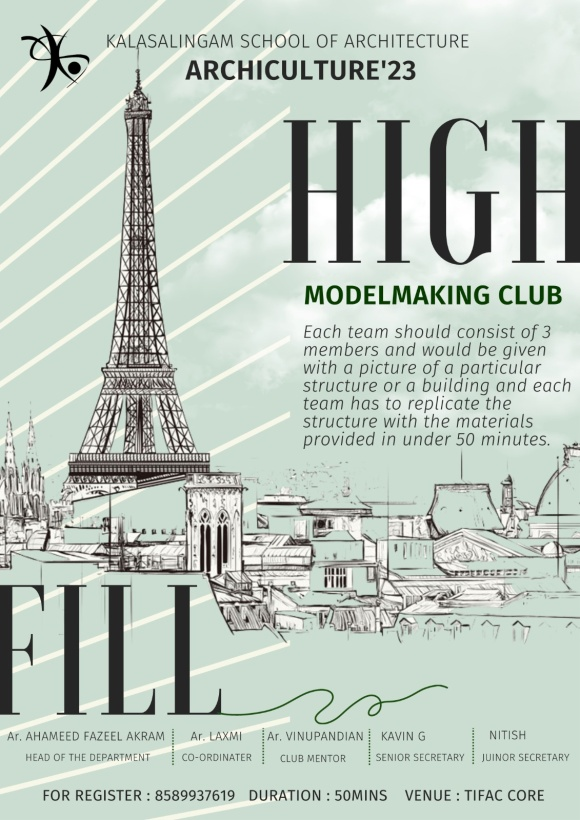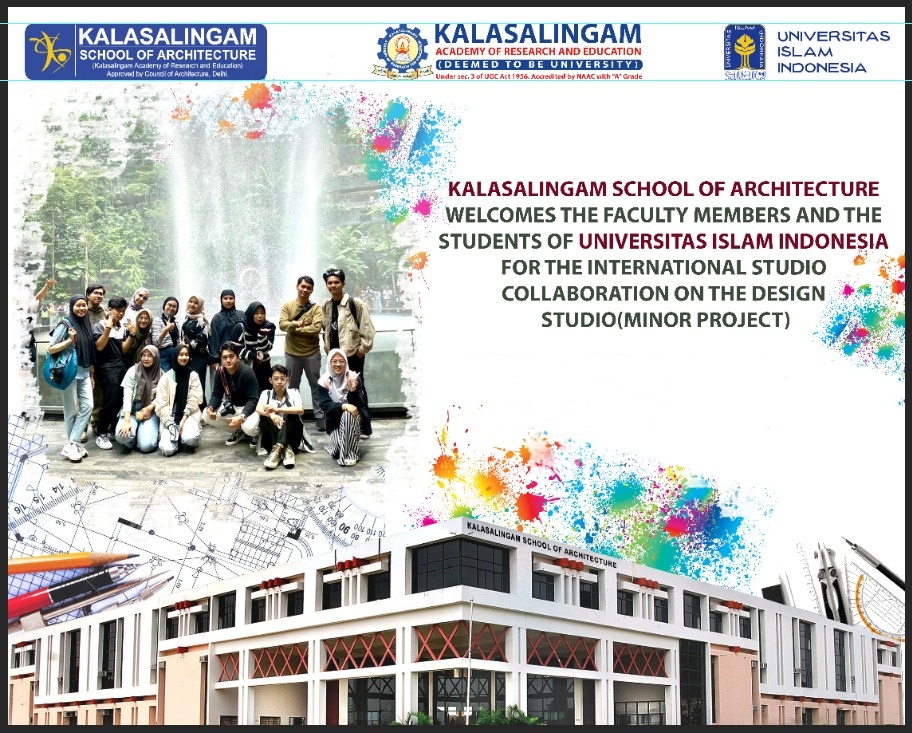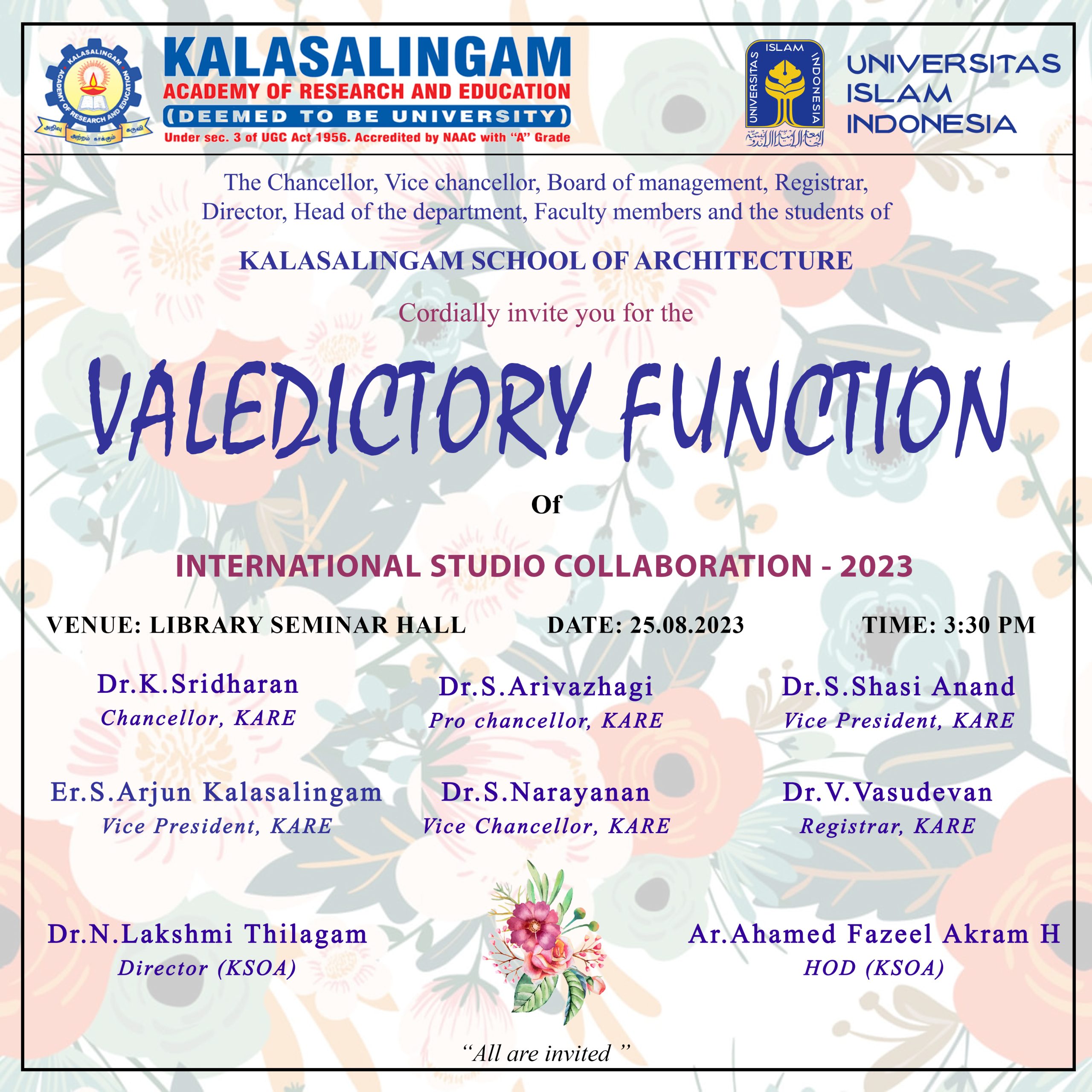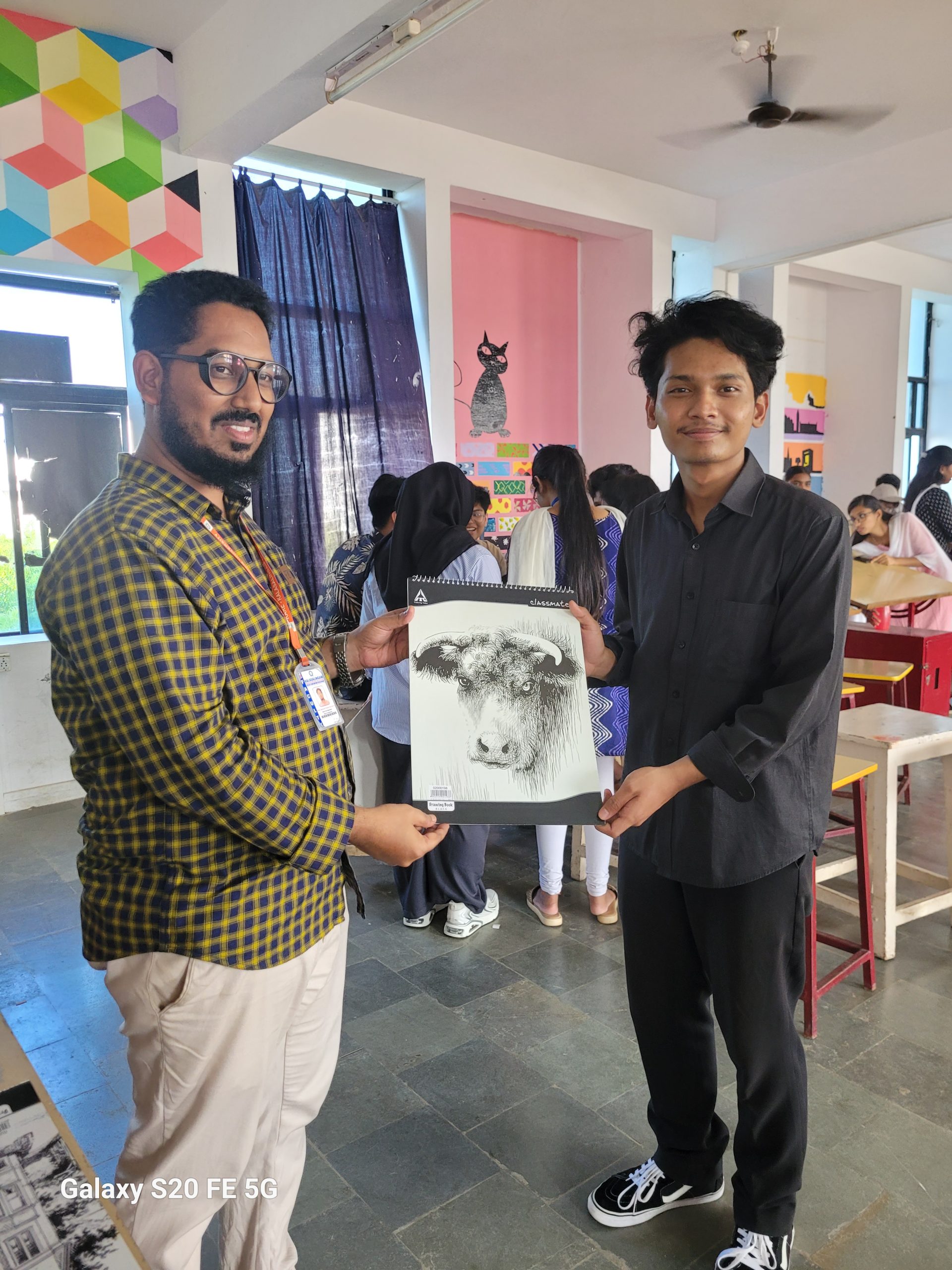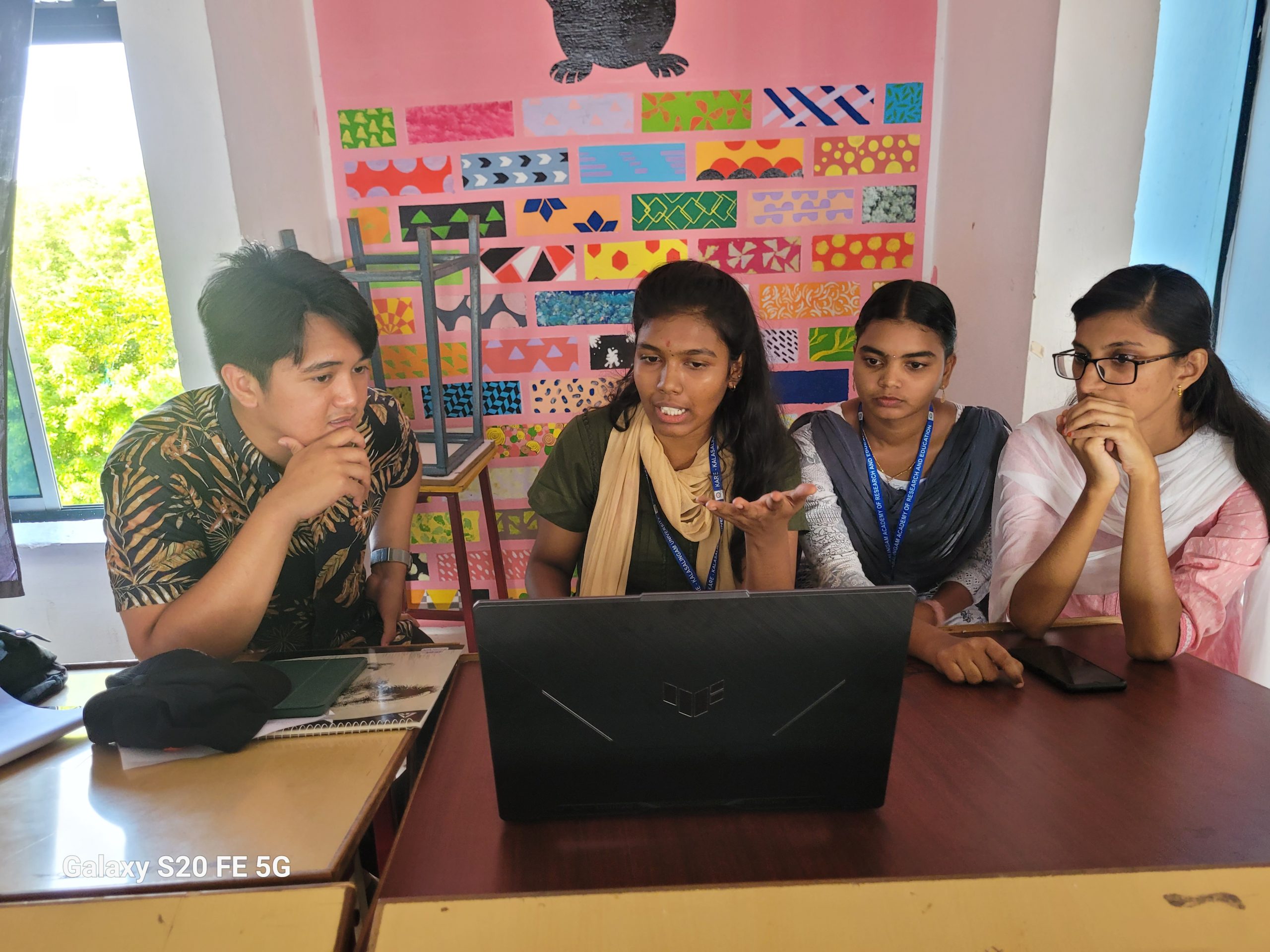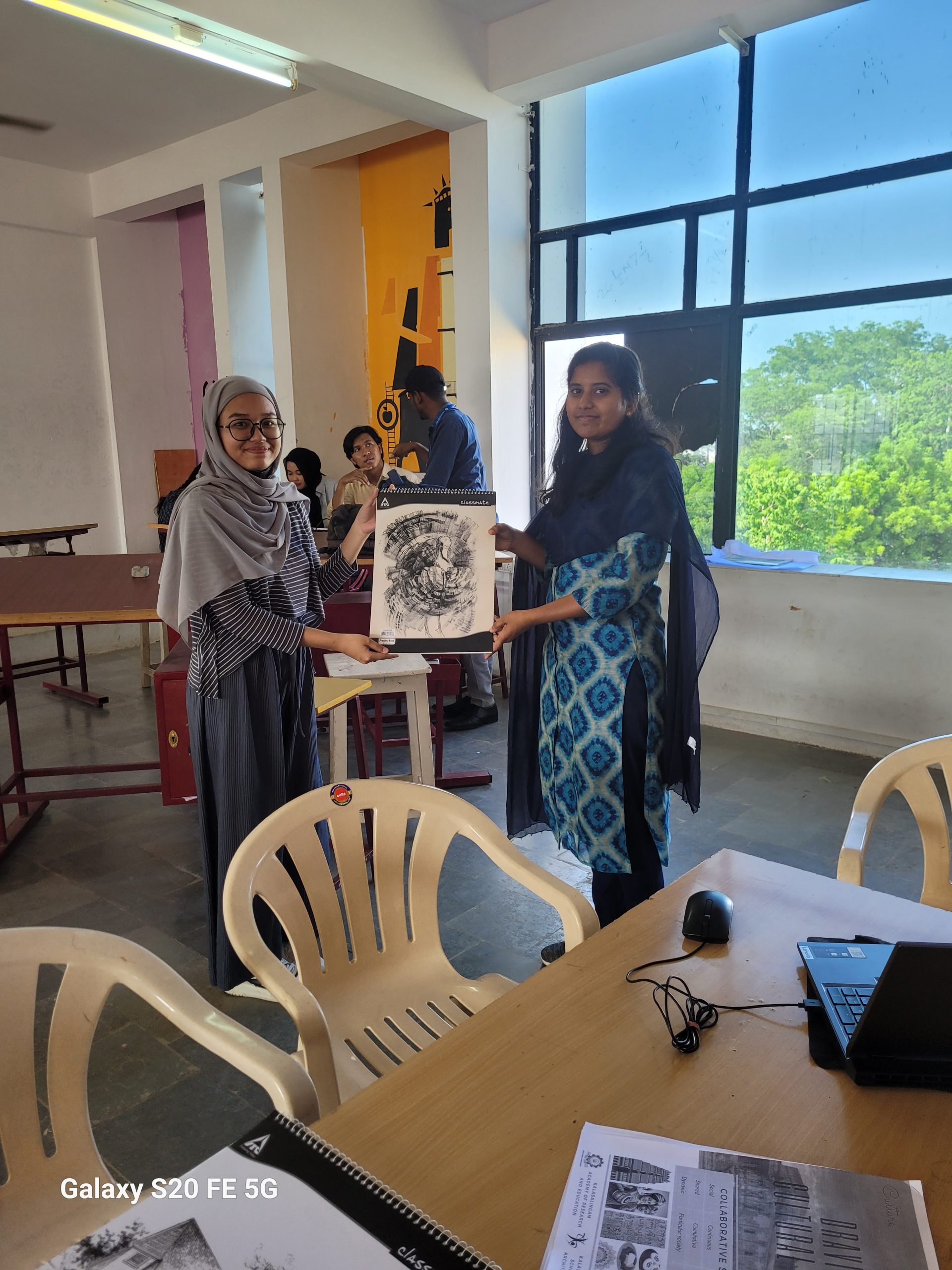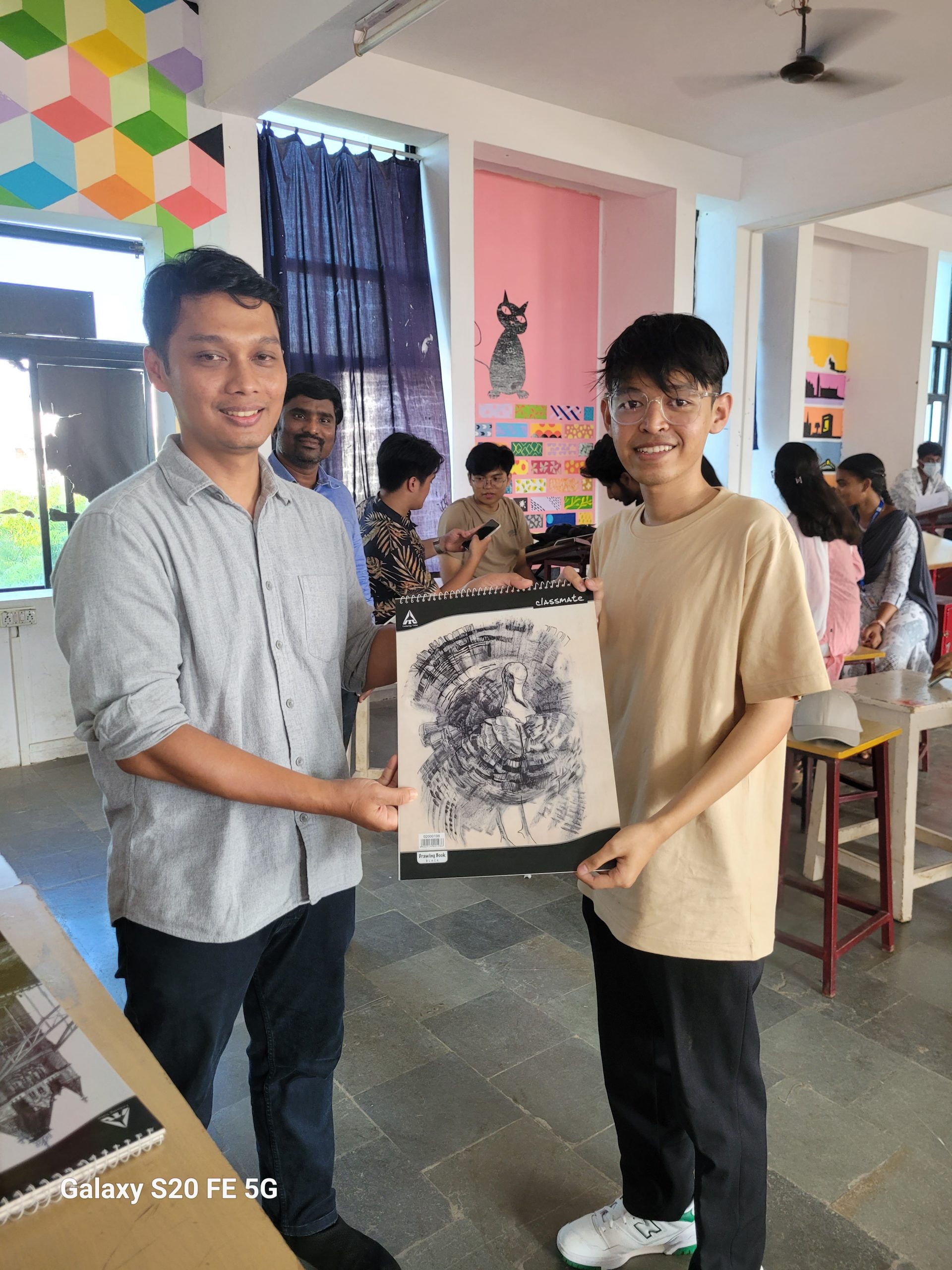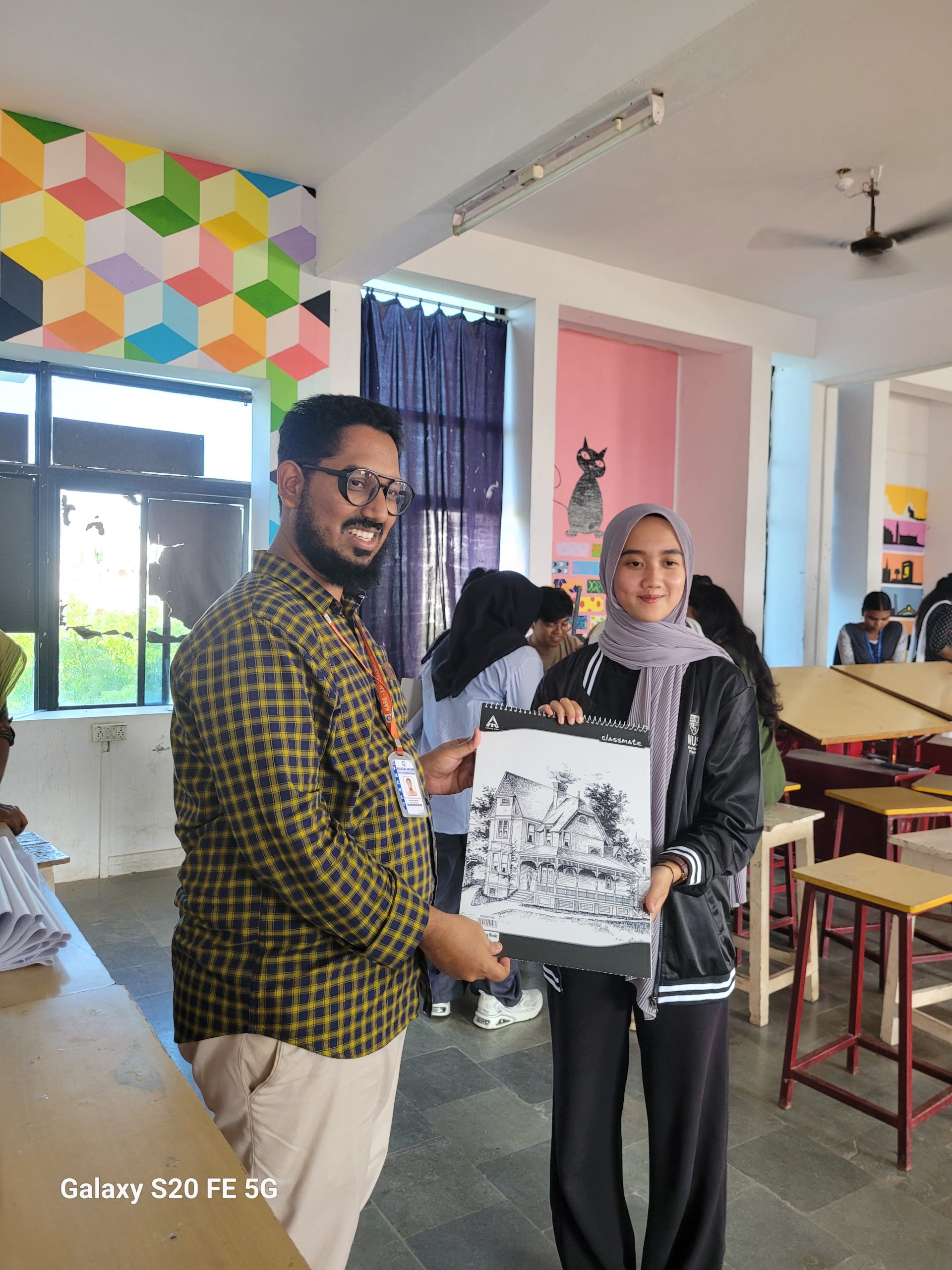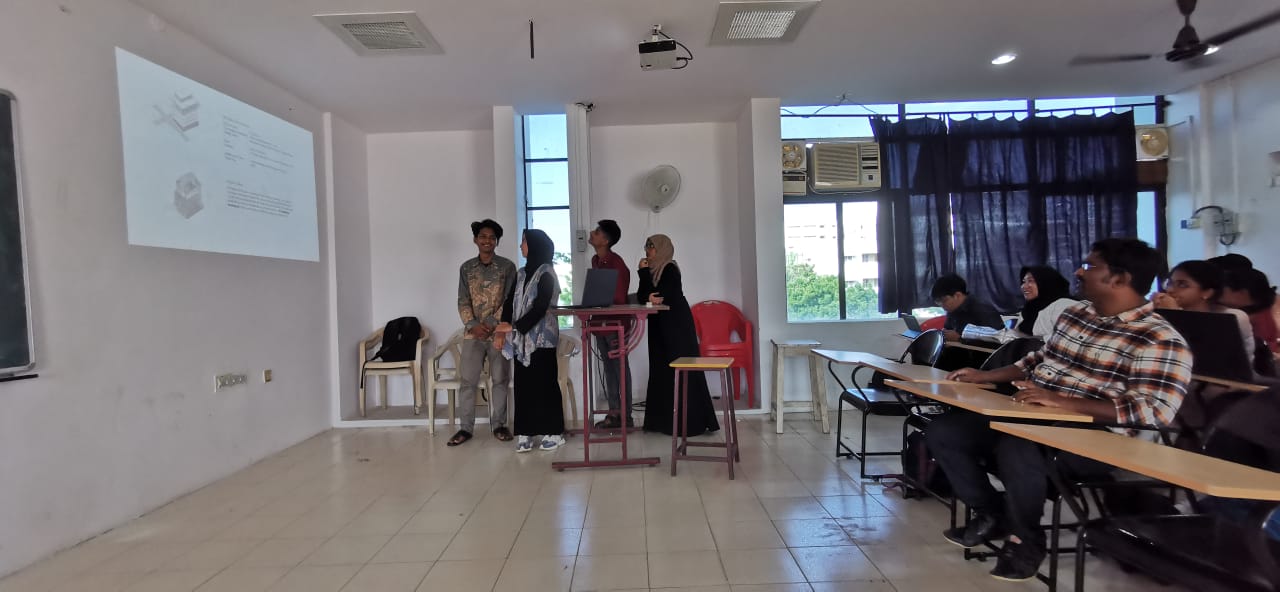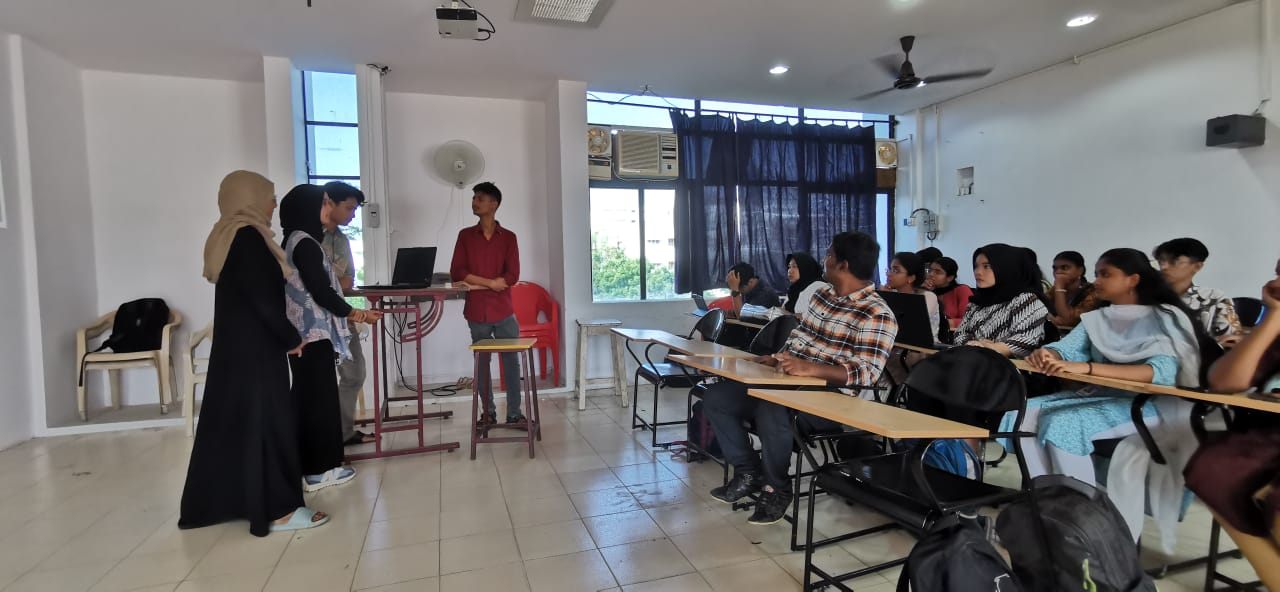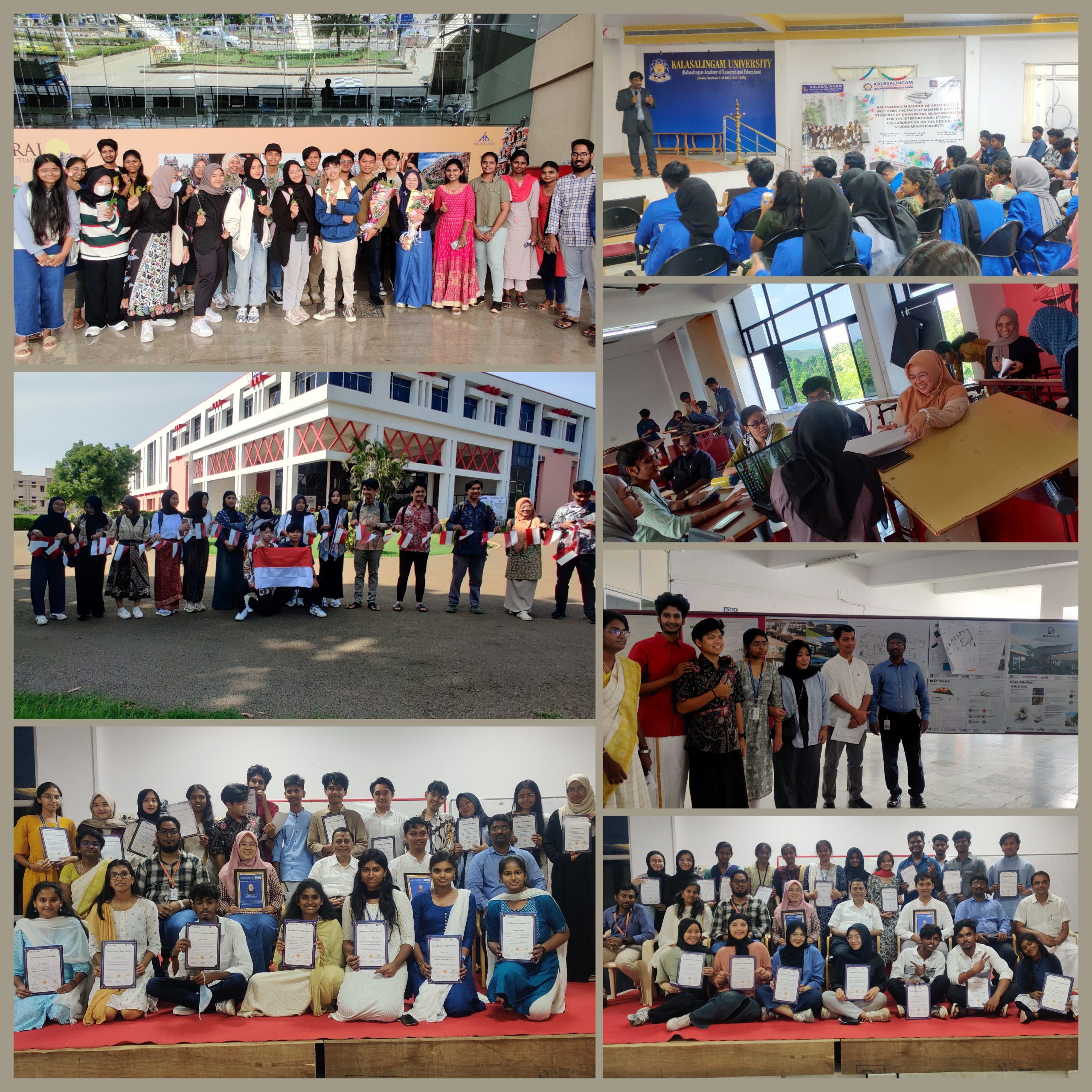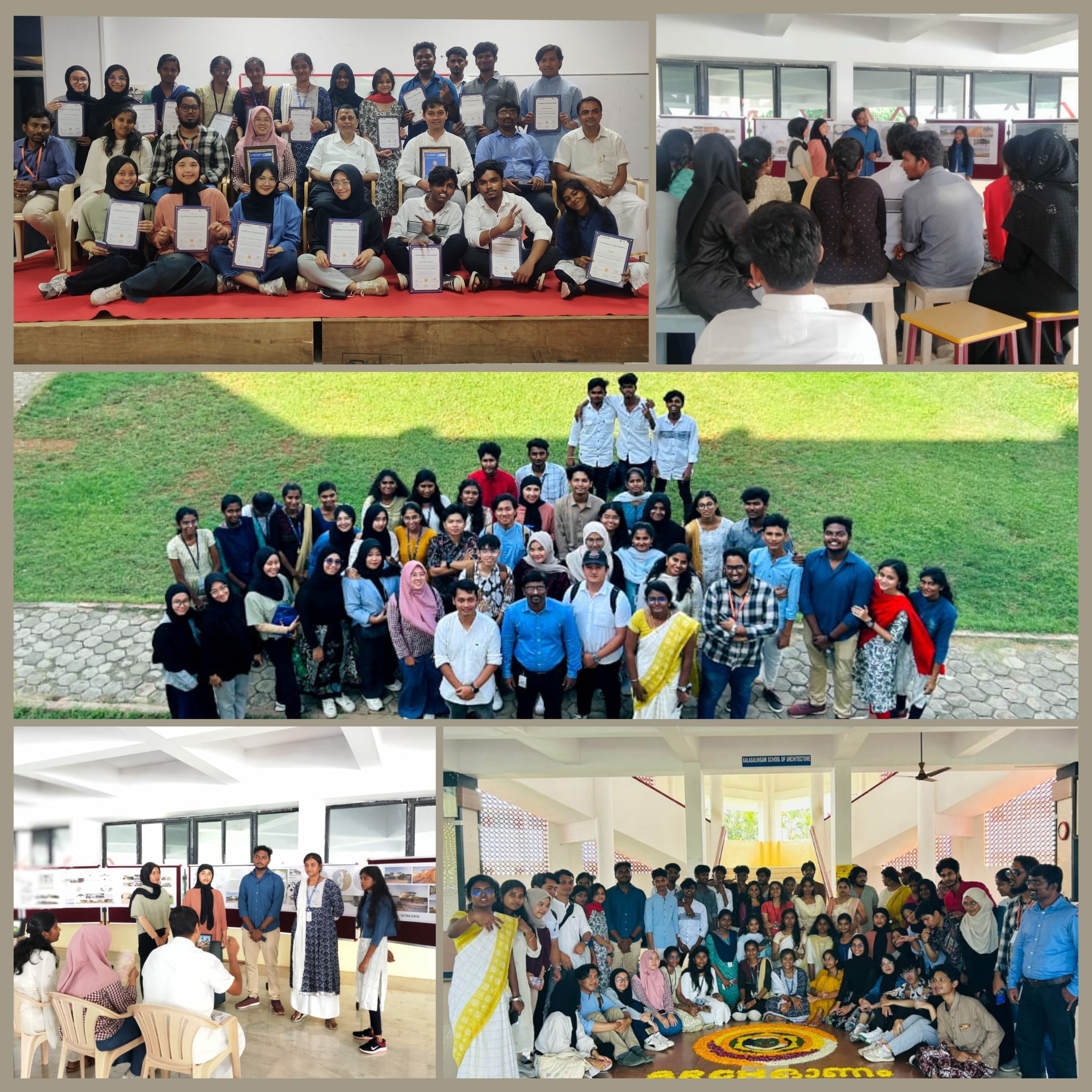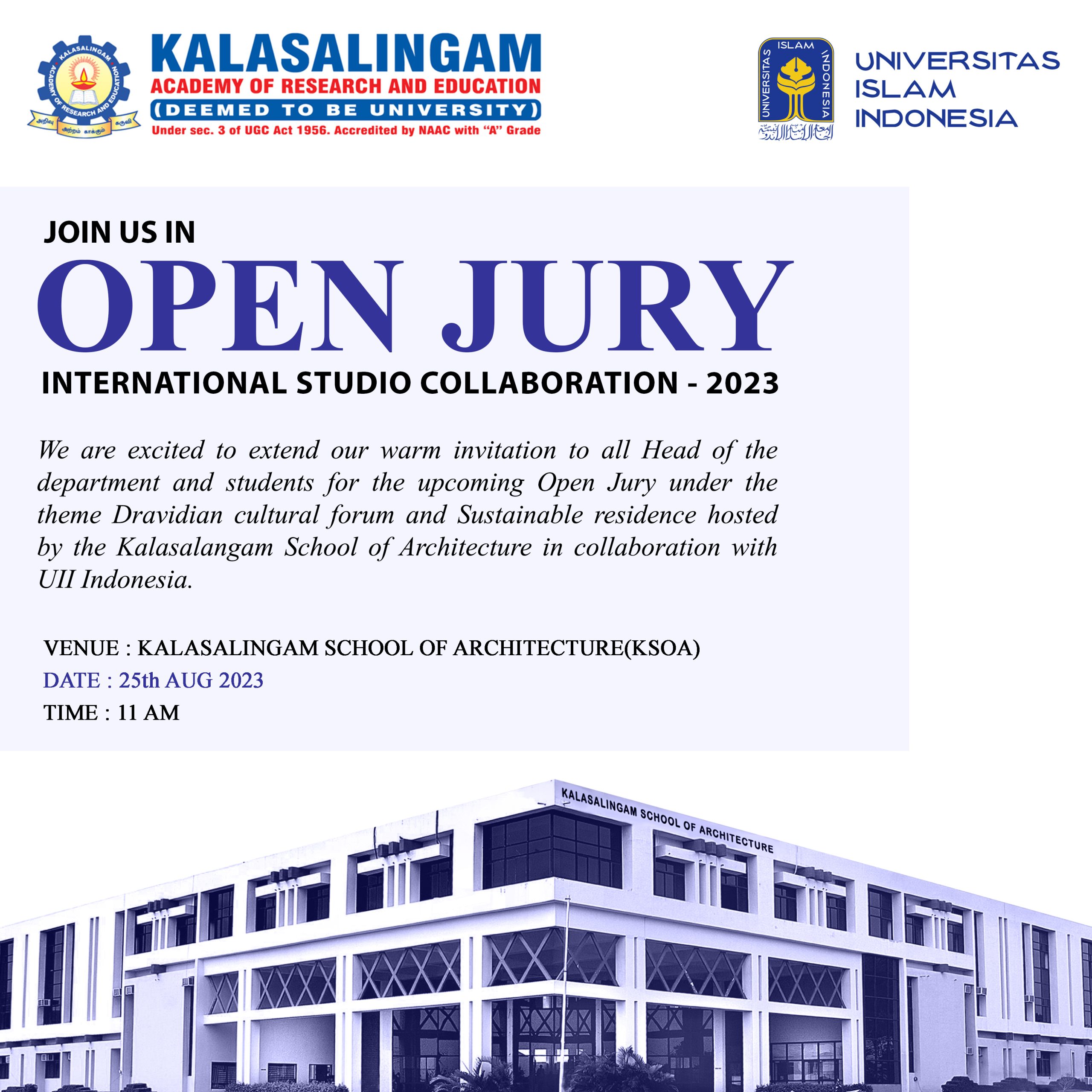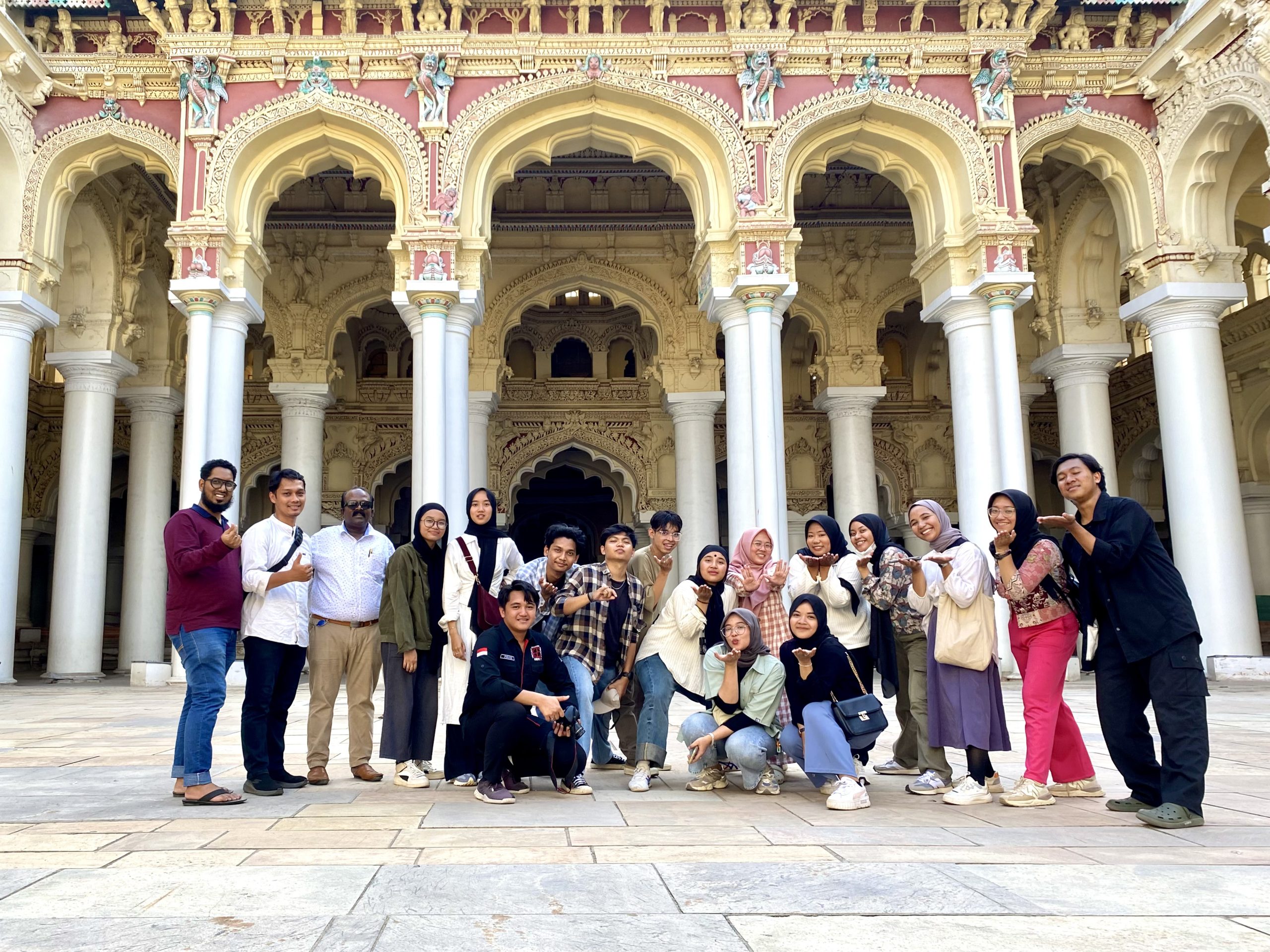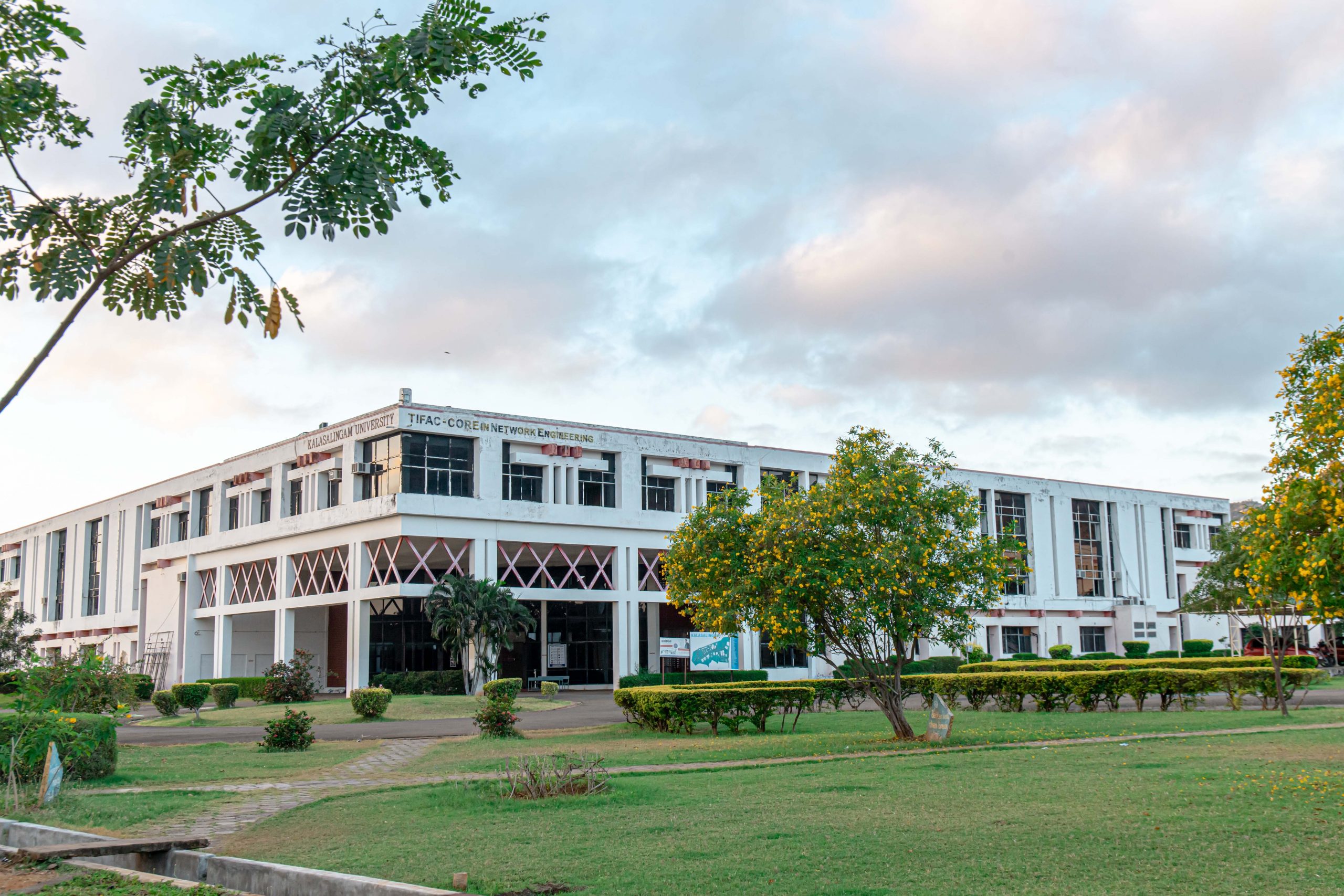
Kalasalingam School of Architecture (KSOA) started with the aim to provide world-class learning environment in architectural design; in the deeper areas of South Tamilnadu. The Kalasalingam School of Architecture offers five years full-time Bachelor of Architecture (B.Arch) and two years full-time Master of architecture in Habitat Design (M.Arch). The institution started in 2012 with the approval of Council of Architecture, New Delhi.
The school is located in a scenic location along the foothills of Western Ghats. Strategic location and the natural landscape provides for a conveniently accessible and soothing environment for highly demanding architectural design students. The school is equipped with state of art infrastructure facilities such as smart class rooms, designed work spaces, studios, and library.
1) B.Arch
2) M. Arch. (Habitat Design)
3) Ph.D. (Architecture)
The journey of KSoA started in the year 2012, with the approval of the Council of Architecture (COA) comprises of a full time five year course, Bachelor of Architecture degree (B.Arch). The school has an innovative technology, including smart classrooms, specially designed learning areas, studios, and a library. The school is directed by prominent experts in Architecture to consign a noble Education. The team entails seasoned academicians with global and national experience, offering up-to-date materials and knowledge that is needed for the thriving inventive industry. The course is experienced with hands on learning, establishing practice on design studios and customary classroom teaching. International Experience are made possible to acquire through Foreign exchange programmes.
A Student association named “Archiculture” is formed by the students of KSoA as members, which
manages 6 clubs : Three technical and Three non-technical clubs such as Art club, , Media club, Model
making club, Talenton club, Literature club and Edu-tech club. The Association and the clubs organize
various events in each academic year and hosts all the celebrations throughout the academic year. These
events provide a platform for the students to show and develop their extracurricular skills.
To expose the students to industry and research, the school, regularly organises seminars, workshops and expert lectures from eminent academicians and practising Architects. The department continuously endeavours to strengthen the alumni relationship.
Alumni meets are organised in the school frequently which encourages the active participation and interaction between the alumni and the current students.
As part of the academic curriculum, the school organises architectural tours every year. This study tour reinforces the architectural understanding of the students in terms of modern and ancient Architecture. The students are encouraged to appear in various competitive exams, like, GATE, ISRO, IAS, PCS, CAT, etc
KARE offers its students a distinctive opportunity to work along with the Universitas Islam , Indonesia,
the first private university in Indonesia. With more than 70 years of experience, UII is committed to
nurture future leaders.
On 11 Oct 2022, an MOU was signed between the Universitas Islam Indonesia and KARE representing
Kalasalingam School of Architecture, covering the following areas:









1. The curriculum is designed to facilitate comprehensive learning in five major areas.
2) Graduates are prepared with the theoretical, economic, and technological knowledge needed to compete and excel in the construction industry and research.
3) Graduates are inculcated with the spirit of quality attainment and academic development as a result of their lifelong pursuits of skill acquisition, further education, science, and creative creations.
4) Graduates demonstrate leadership qualities in an organisation by demonstrating team spirit, ethics, and a winning spirit. As entrepreneurs, their abilities in motivation, accountability, and creativity will enable them to compete with their peers in the industry.
5) Graduates in the building industry are conscious of their social and environmental responsibilities and dedicate a part of their careers to long-term social growth.
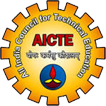
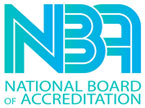



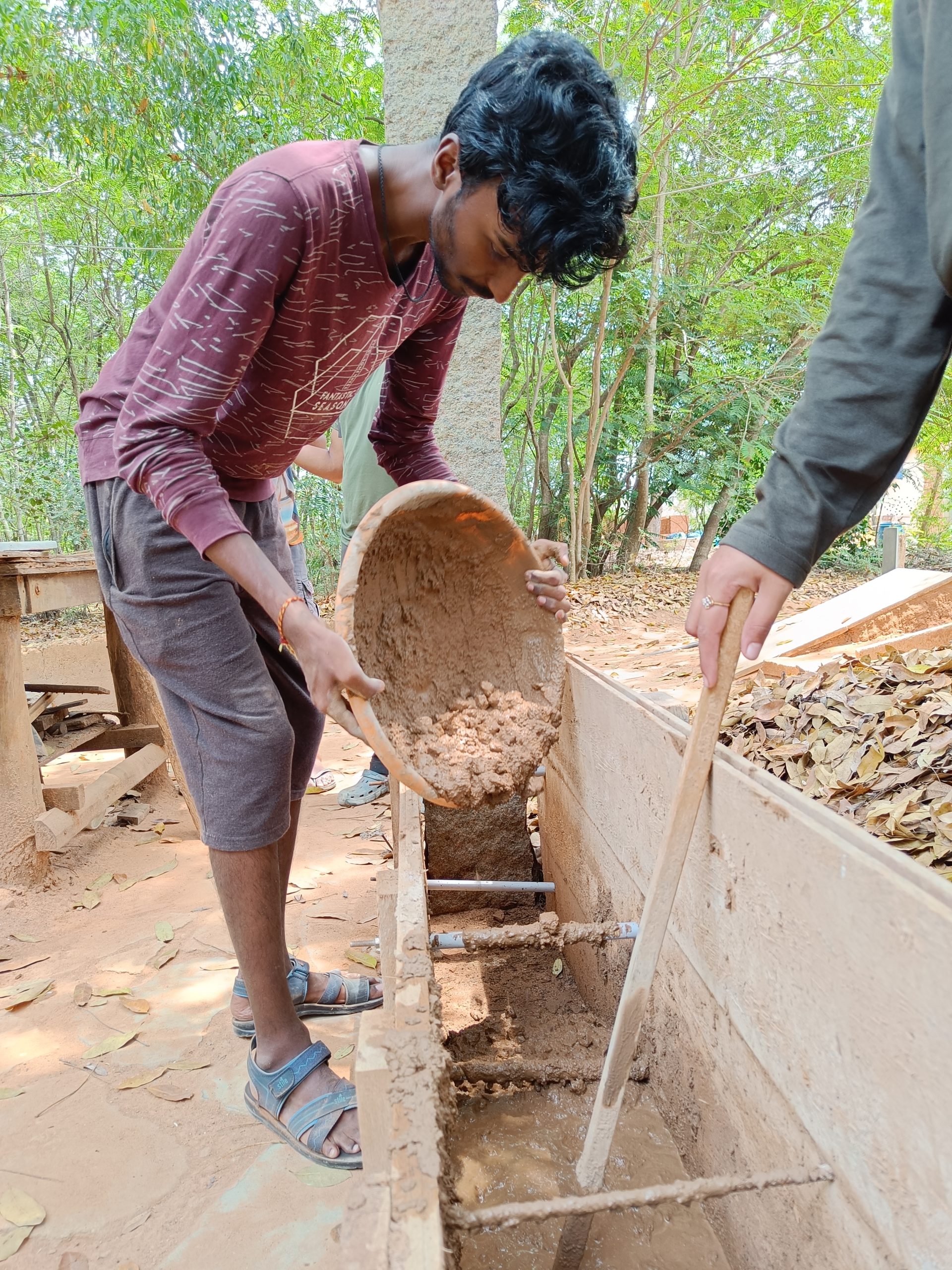
Three of our students from KSOA are qualified in the GATE2024 exams.
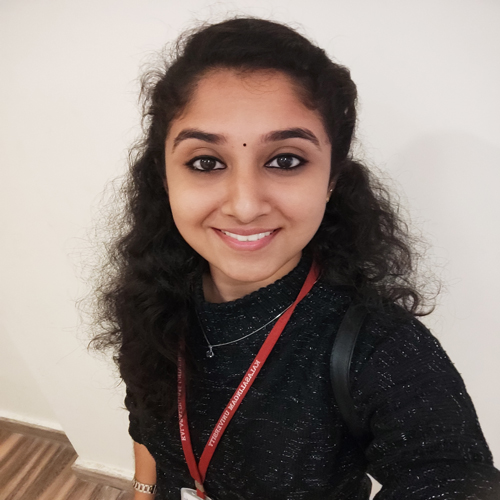
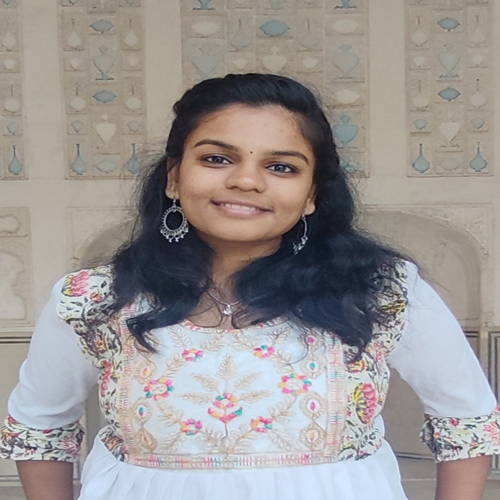
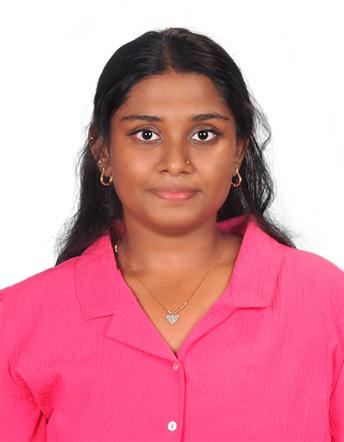
Habitat designers learn about Smart Cities, ideas and application methods used in the city governance
systems, citizen involvement platforms, and sensor-based monitoring for sustainable management etc.
They incorporate renewable energy sources and circular economy principles into their designs.
They utilize cutting-edge digital technologies, such as GIS modeling and similar platforms, to evaluate
spatial linkages, simulate scenarios, and comply with urban development and environmental laws.
Through this comprehensive education, they acquire the knowledge and skills necessary to plan well-
designed cities.
To design a habitat effectively, it is important to consider the current circumstances of Habitats from
different perspectives. This involves studying the area and its characteristics, history, evolution, including
urban and rural elements, as well as analyzing transportation, infrastructure, and natural resources.
Researching the geography, ecology, and climate of the area is crucial for achieving this. Habitat
designers have a responsibility to preserve and enhance natural ecosystems.



During this age of the new normal, we are witnessing a massive shift in social, technical, and environmental improvements that are influencing human civilization and the world. This transition in our human civilization is projected to extend possibilities, streamline urban operations, improve development and performance, and increase production. A resurgence of this in holistic thinking is generating demand for new urban systems that are more energy-efficient, technologically connected, culturally relevant, and ecologically friendly. Climate change, migration, social reform, and technological innovation, on the other hand, are all exerting unprecedented demand on the built fabric of existing cities. For humanity to grow in these prosperous times, there is a great need and demand for research and development. Under UGC guidelines, Kalasalingam School of Architecture offers PhD programs in Architecture, Planning, and allied disciplines for Interdisciplinary research on a Part-time and Full-time basis.




















The KSoA Student Association formed six clubs to enhance student activity in the department.
Students need to have inter-personal, coordination/team work and time-management/multitasking skills in
addition to their academic skills. Co-curricular activity clubs are one of the best platforms that provide
students with valuable exposure and help them develop these skills.
Technical clubs :Edu-tech club, Model-making club and Literature club,
Non-technical clubs :Art club, Media club and Talenton club.
Each club has a Secretary and Vice- Secretary comprising of 20 members. The club organises Events,
Workshops, Talks and Seminars related to the nature of the club.

